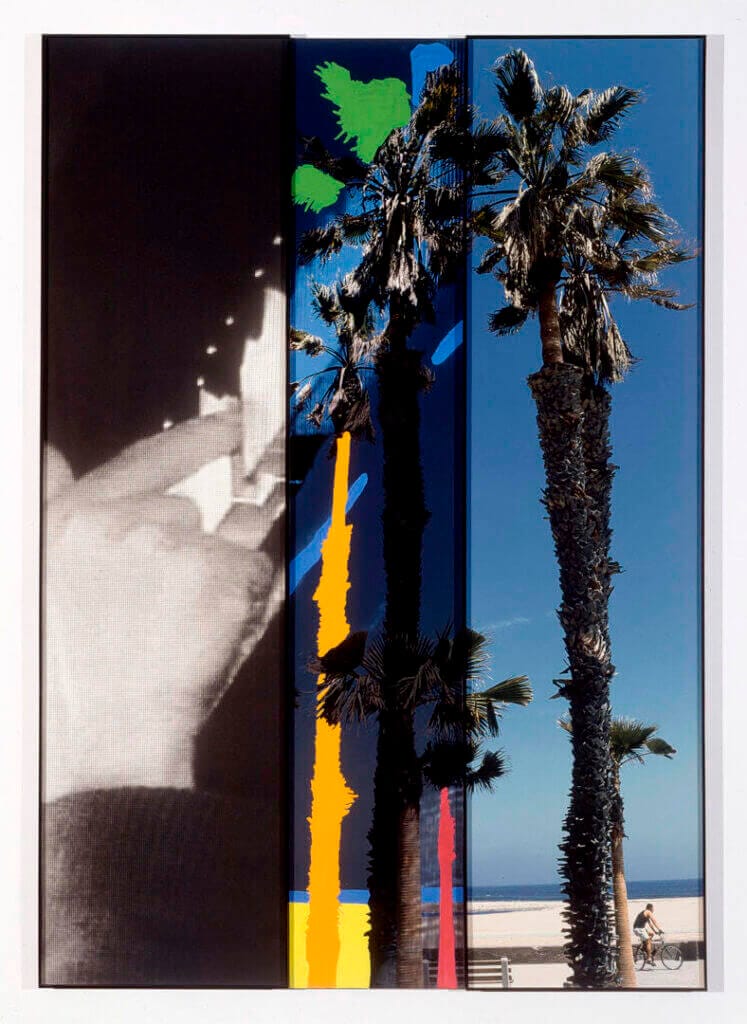Baldessari John
John Baldessari, born on June 17, 1931, in National City, California, became a central figure in American conceptual art. He earned his B.A. from San Diego State College (now San Diego State University) in 1953. Baldessari further refined his craft at the University of California, Berkeley, and the University of California, Los Angeles, ultimately receiving a master’s degree from SDSU in 1957.
Originally aspiring to be an art critic, Baldessari ultimately found his calling as an artist, becoming a central figure in Los Angeles’ burgeoning art scene. He taught at the California Institute of the Arts (CalArts) in Valencia from 1970 to 1988 and later at the University of California, Los Angeles (UCLA) from 1996 to 2007. His mentorship profoundly influenced many successful artists, including David Salle, Eric Fischl, Tony Oursler, and Mike Kelley.
In the 1960s, Baldessari pioneered “phototext canvases,” where words painted on canvas delved into the intersection of language and visual art. This intrigue with language-based art spurred a diverse portfolio, blending text, still images, and video.
During the 1970s, Baldessari captured attention with his deadpan and absurd videos, such as “Baldessari Sings LeWitt” (1972) and “Teaching a Plant the Alphabet” (1972). In these works, he juxtaposed found photographs, often film stills, rearranging them to challenge viewers’ perceptions and interpretations.
In the 1980s, Baldessari gained fame for his innovative manipulation of found photographs, most notably through his use of colored circle stickers to obscure faces. This signature technique redirected viewers’ attention to other elements within the image, encouraging a deeper contemplation of visual context.
Entering the 21st century, Baldessari continued to experiment with perception in series such as “Noses & Ears, Etc.” In these works, he isolated and highlighted specific body parts, painting over the rest of the image to compel viewers to reconstruct the altered scenes. This ongoing exploration underscored his persistent examination of visual communication and perception.
Baldessari’s contributions to the art world have been celebrated with numerous accolades, including the prestigious Golden Lion for Lifetime Achievement at the Venice Biennale (2009) and the National Medal of Arts (2015), awarded by President Barack Obama. His work has been featured in countless solo exhibitions and several notable retrospectives. The first retrospective took place at the New Museum of Contemporary Art in New York in 1981. A significant retrospective in 1990, organized by the Museum of Contemporary Art in Los Angeles, traveled to the Whitney Museum of American Art in New York City. Another major retrospective, “John Baldessari: Pure Beauty,” debuted at the Los Angeles County Museum of Art in 2010 before moving to the Metropolitan Museum of Art in New York City.
John Baldessari’s innovative approach to art, questioning and expanding the boundaries of visual communication, has left a lasting impact on the art world. His work continues to inspire and provoke thought, solidifying his status as a seminal figure in contemporary art.
Baldessari, John - Table Lamp and its Shadow
Baldeassari God Nose
Baldessari Penquin
Baldessari Overlap Palms with Cyclist
